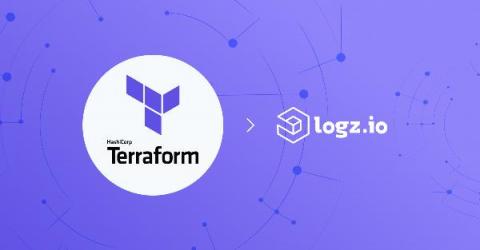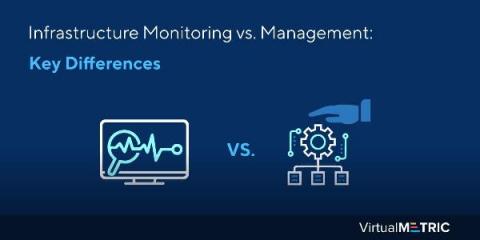Triggers in AppSignal: Already Powerful - Now Easy To Set Up
Setting up triggers within AppSignal is a powerful way to discover that the bits started hitting the fan. You can use triggers to get an alert if an error rate is higher than 1%, your server runs out of memory, or even if your hourly login drops to zero. Our latest update makes the creation of triggers much easier.











